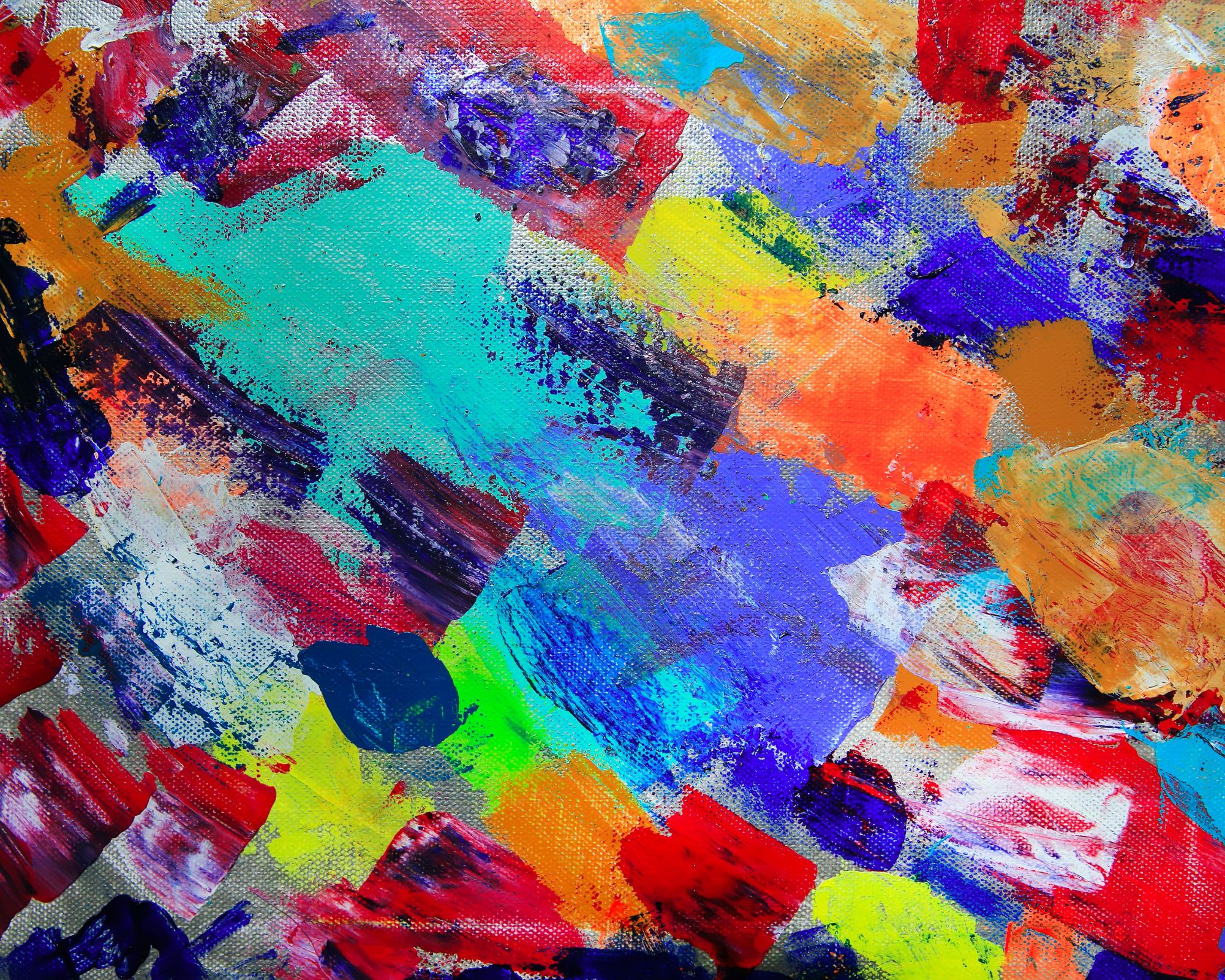Summary:
-
George Morrison (1919–2000), a member of the Grand Portage Band of Chippewa, was a prominent member of the Abstract Expressionist group in New York City in the 1940s, 1950s, and 1960s.
-
He has been forgotten in the movement’s history for a long time.
-
With the addition of his colourful painting Untitled (1961), the first work by a Native American artist to be added to the National Gallery of Art’s significant collection of New York School pieces, the National Gallery of Art in Washington, DC, has now helped to make sure that he is represented.
-
Against the Crimson: Lake Superior Landscape (1985), in the Minnesota Museum of American Art collection, uses a similar evocation of the Great Lakes landscape and is painted in a saturated palette to the one Morrison perfected in Untitled decades earlier.
-
An NGA representative said there are no immediate plans to show the work to the public.
George Morrison (1919–2000), a member of the Grand Portage Band of Chippewa, was a prominent member of the Abstract Expressionist group in New York City in the 1940s, 1950s, and 1960s. He has been forgotten in the movement’s history for a long time. With the addition of his colorful painting Untitled (1961), the first work by a Native American artist to be added to the National Gallery of Art’s significant collection of New York School pieces, the National Gallery of Art in Washington, DC, has now helped to make sure that he is represented.
Morrison squeezed paint from tubes directly onto the canvas to make the bright, heavily impacted areas red, purple, pink, ochre, blue, and green. These colours are in conversation with contemporary works by Willem de Kooning, Philip Guston, and other AbEx artists, but they also reflect an Indigenous relationship to the landscape. According to a press release from the NGA, the composition’s three parts represent the three most essential things in the Anishinaabe worldview: the sky, the land, and the water.
In “Untitled,” Morrison used an abstract landscape style in many of his works in the decades that followed. After returning to Minnesota in 1970, he spent the rest of his life there, working at his house and studio on the Grand Portage Indian Reservation and lecturing at the University of Minnesota until he retired in 1983.
Last year, the USPS put out a set of stamps with pictures of five of Morrison’s works to honor his contributions to American art. Against the Crimson: Lake Superior Landscape (1985), in the collection of the Minnesota Museum of American Art, is painted in a saturated palette similar to that perfected by Morrison in Untitled decades earlier.
An NGA representative said there are no immediate plans to show the work to the public. The painting was finished last year but only became public on Friday (27 January) thanks to a gift from David Rubenstein, a collector and billionaire co-founder of The Carlyle Group.
A massive painting by Jaune Quick-toSee- -See Smith, an enrolled Salish member of the Confederated Salish and Kootenai Nation in Montana, became the NGA’s first artist to paint a Native American in 2020. The purchase was a big deal, and some people thought it was a terrible “first” for a school that had been around for 79 years.

